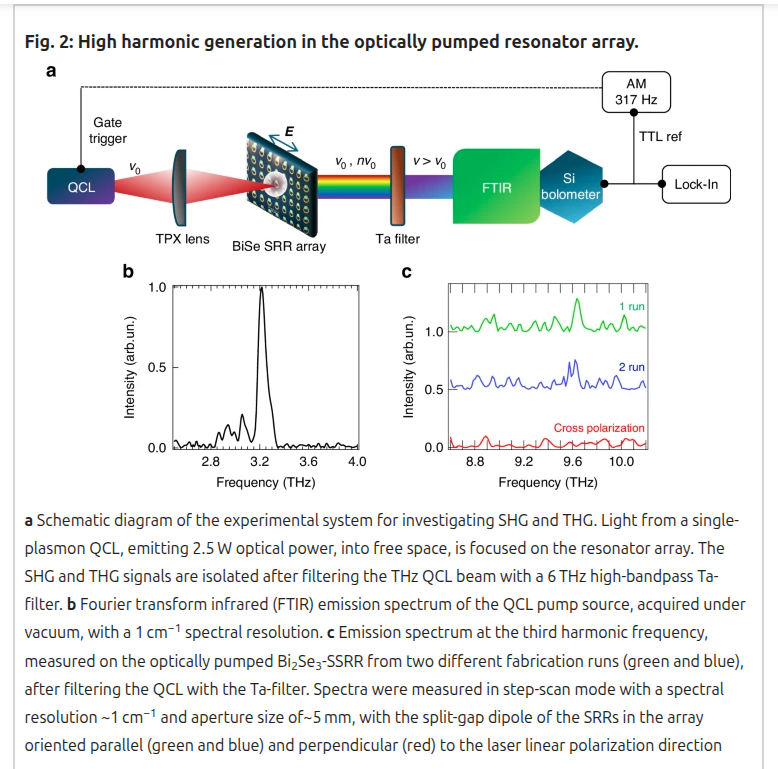Neural image representations have emerged as a promising approach for encoding and rendering visual data. Combined with learning-based workflows, they demonstrate impressive trade-offs between visual fidelity and memory footprint. Existing methods in this domain, however, often rely on fixed data structures that suboptimally allocate memory or compute-intensive implicit models, hindering their practicality for real-time graphics applications.
Inspired by recent advancements in radiance field rendering, we introduce Image-GS, a content-adaptive image representation based on 2D Gaussians. Leveraging a custom differentiable renderer, Image-GS reconstructs images by adaptively allocating and progressively optimizing a group of anisotropic, colored 2D Gaussians. It achieves a favorable balance between visual fidelity and memory efficiency across a variety of stylized images frequently seen in graphics workflows, especially for those showing non-uniformly distributed features and in low-bitrate regimes. Moreover, it supports hardware-friendly rapid random access for real-time usage, requiring only 0.3K MACs to decode a pixel. Through error-guided progressive optimization, Image-GS naturally constructs a smooth level-of-detail hierarchy. We demonstrate its versatility with several applications, including texture compression, semantics-aware compression, and joint image compression and restoration.
 Figure 1: Image-GS reconstructs an image by adaptively allocating and progressively optimizing a set of colored 2D Gaussians. It achieves favorable rate-distortion trade-offs, hardware-friendly random access, and flexible quality control through a smooth level-of-detail stack. (a) visualizes the optimized spatial distribution of Gaussians (20% randomly sampled for clarity). (b) Image-GS’s explicit content-adaptive design effectively captures non-uniformly distributed image features and better preserves fine details under constrained memory budgets. In the inset error maps, brighter colors indicate larger errors.
Figure 1: Image-GS reconstructs an image by adaptively allocating and progressively optimizing a set of colored 2D Gaussians. It achieves favorable rate-distortion trade-offs, hardware-friendly random access, and flexible quality control through a smooth level-of-detail stack. (a) visualizes the optimized spatial distribution of Gaussians (20% randomly sampled for clarity). (b) Image-GS’s explicit content-adaptive design effectively captures non-uniformly distributed image features and better preserves fine details under constrained memory budgets. In the inset error maps, brighter colors indicate larger errors.
- Create a dedicated Python environment and install the dependencies
git clone https://github.com/NYU-ICL/image-gs.git cd image-gs conda env create -f environment.yml conda activate image-gs pip install git+https://github.com/rahul-goel/fused-ssim/ --no-build-isolation cd gsplat pip install -e ".[dev]" cd ..
- Download the image and texture datasets from OneDrive and organize the folder structure as follows
image-gs └── media ├── images └── textures
- (Optional) To run saliency-guided Gaussian position initialization, download the pre-trained EML-Net models (res_imagenet.pth, res_places.pth, res_decoder.pth) and place them under the models/emlnet/ folder
image-gs └── models └── emlnet ├── res_decoder.pth ├── res_imagenet.pth └── res_places.pth
- Optimize an Image-GS representation for an input image anime-1_2k.png using 10000 Gaussians with half-precision parameters
- Render the corresponding optimized Image-GS representation at a new resolution with height 4000 (aspect ratio is maintained)
- Optimize an Image-GS representation for an input texture stack alarm-clock_2k using 30000 Gaussians with half-precision parameters
- Render the corresponding optimized Image-GS representation at a new resolution with height 3000 (aspect ratio is maintained)
- Optimize an Image-GS representation for an input image anime-1_2k.png using 10000 Gaussians with 12-bit-precision parameters
- Optimize an Image-GS representation for an input image anime-1_2k.png using 10000 Gaussians with half-precision parameters and saliency-guided initialization
Please refer to cfgs/default.yaml for the full list of arguments and their default values.
Post-optimization rendering
- --eval render the optimized Image-GS representation.
- --render_height image height for rendering (aspect ratio is maintained).
Bit precision control: 32 bits (float32) per dimension by default
- --quantize enable bit precision control of Gaussian parameters.
- --pos_bits bit precision of individual coordinate dimension.
- --scale_bits bit precision of individual scale dimension.
- --rot_bits bit precision of Gaussian orientation angle.
- --feat_bits bit precision of individual feature dimension.
Logging
- --exp_name path to the logging directory.
- --vis_gaussians: visualize Gaussians during optimization.
- --save_image_steps frequency of rendering intermediate results during optimization.
- --save_ckpt_steps frequency of checkpointing during optimization.
Input image
- --input_path path to an image file or a directory containing a texture stack.
- --downsample load a downsampled version of the input image or texture stack as the optimization target to evaluate image upsampling performance.
- --downsample_ratio downsampling ratio.
- --gamma optimize in a gamma-corrected space, modify with caution.
Gaussian
- --num_gaussians number of Gaussians (for compression rate control).
- --init_scale initial Gaussian scale in number of pixels.
- --disable_topk_norm disable top-K normalization.
- --disable_inverse_scale disable inverse Gaussian scale optimization.
- --init_mode Gaussian position initialization mode, valid values include "gradient", "saliency", and "random".
- --init_random_ratio ratio of Gaussians with randomly initialized position.
Optimization
- --disable_tiles disable tile-based rendering (warning: optimization and rendering without tiles will be way slower).
- --max_steps maximum number of optimization steps.
- --pos_lr Gaussian position learning rate.
- --scale_lr Gaussian scale learning rate.
- --rot_lr Gaussian orientation angle learning rate.
- --feat_lr Gaussian feature learning rate.
- --disable_lr_schedule disable learning rate decay and early stopping schedule.
- --disable_prog_optim disable error-guided progressive optimization.
We would like to thank the gsplat team, and the authors of 3DGS, fused-ssim, and EML-Net for their great work, based on which Image-GS was developed.
This project is licensed under the terms of the MIT license.
If you find this project helpful to your research, please consider citing BibTeX:
.png)



